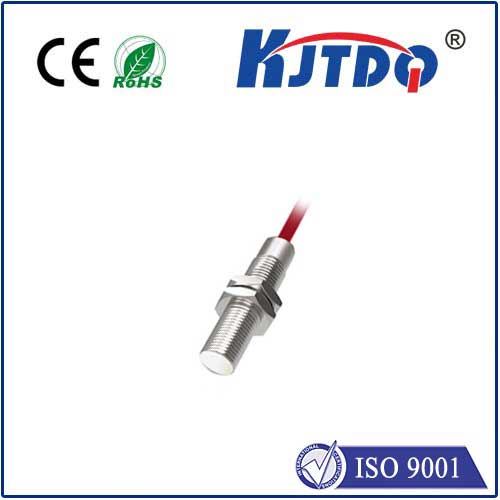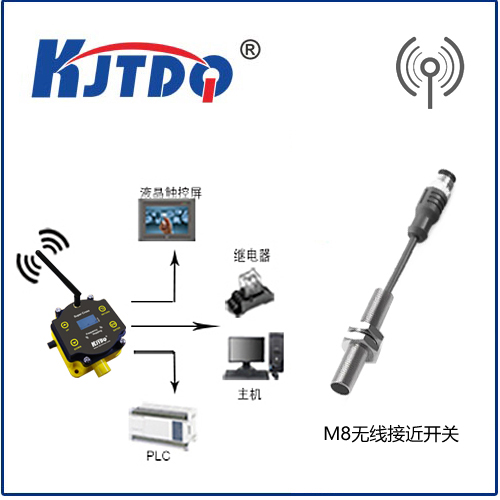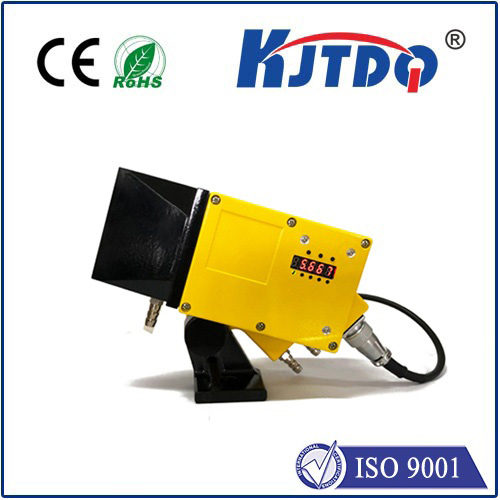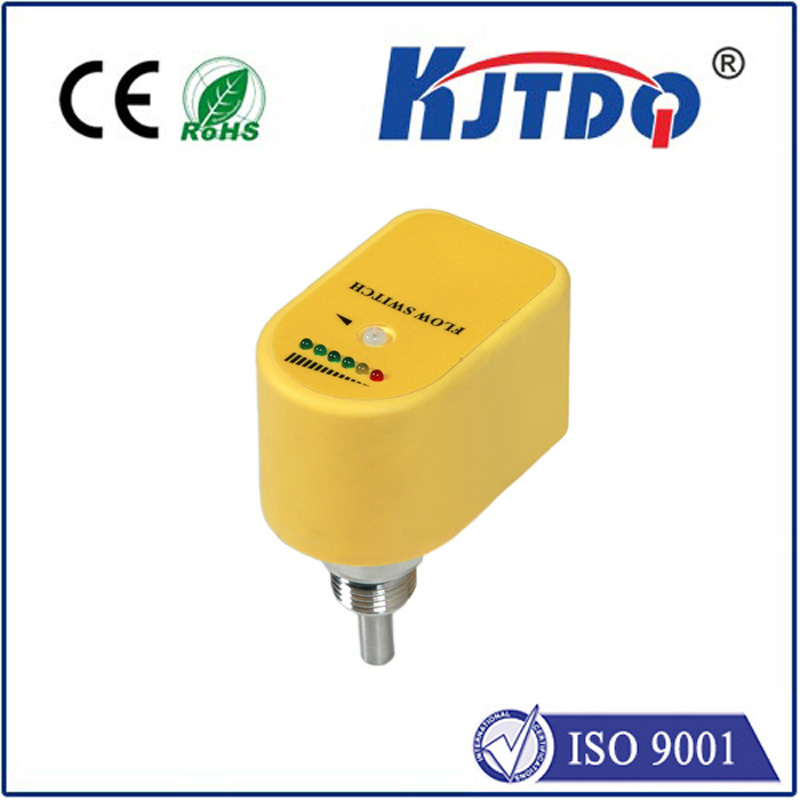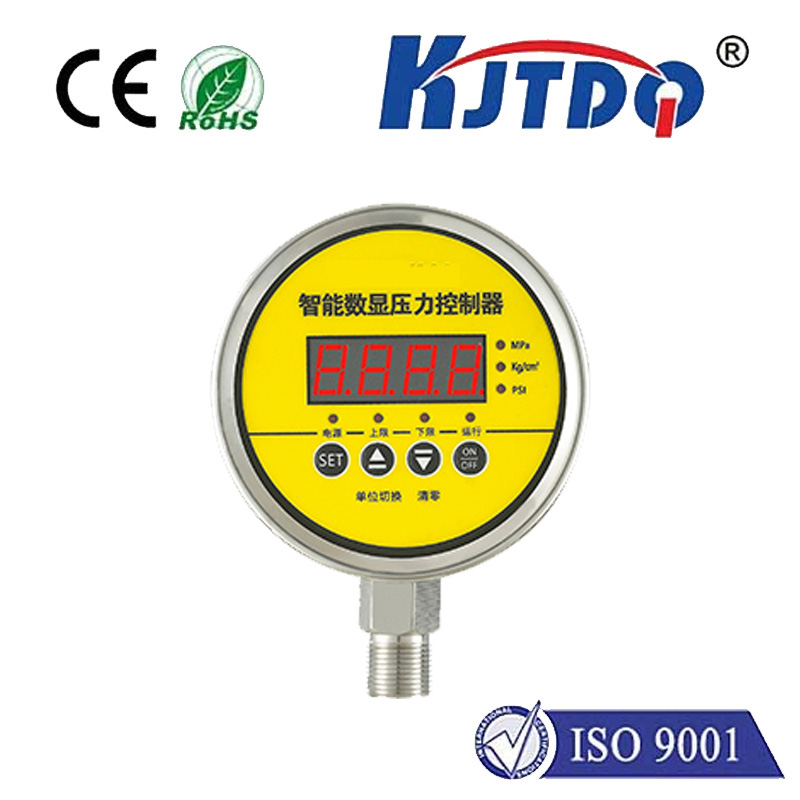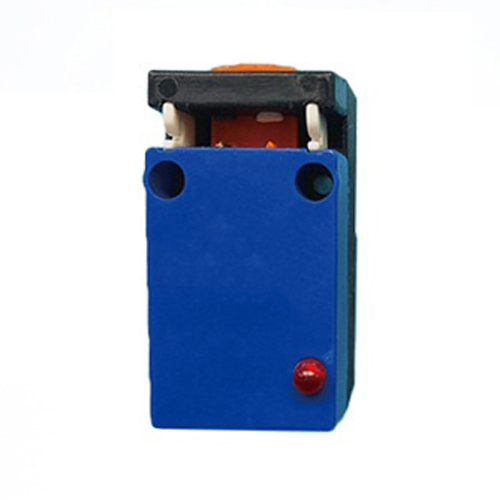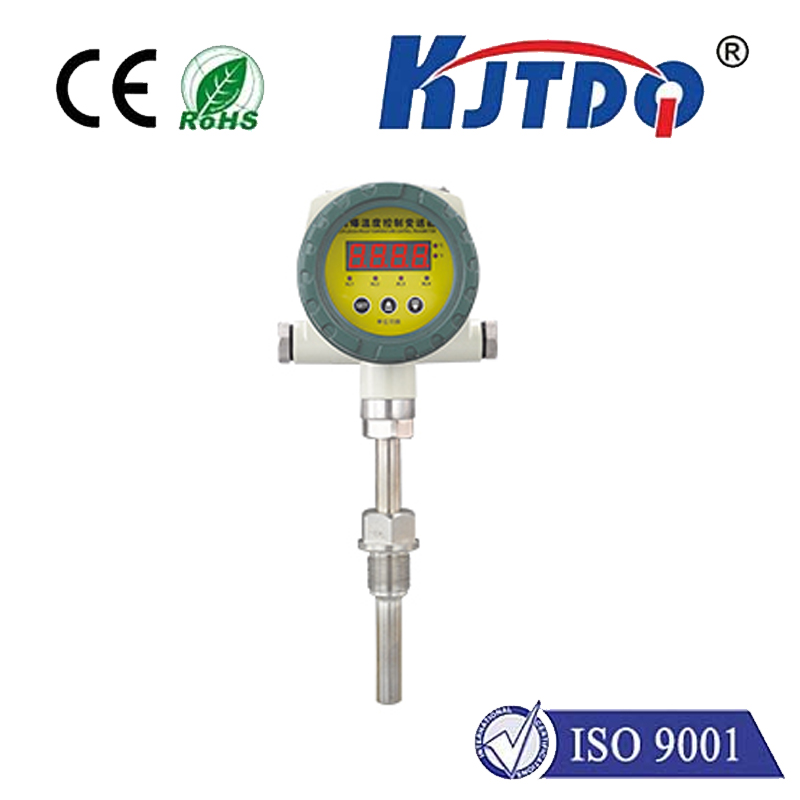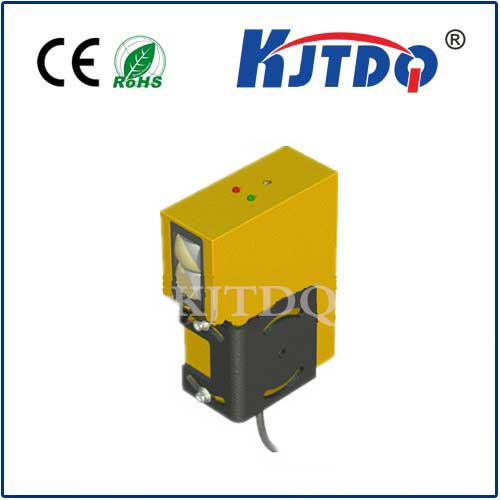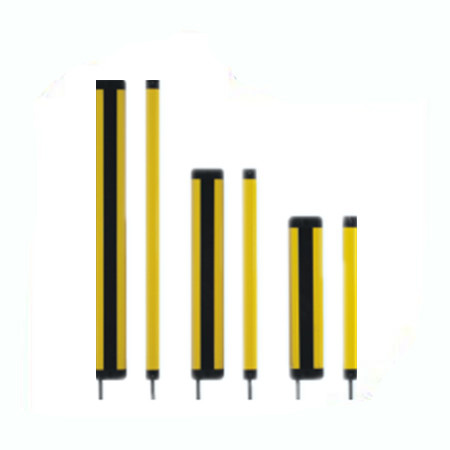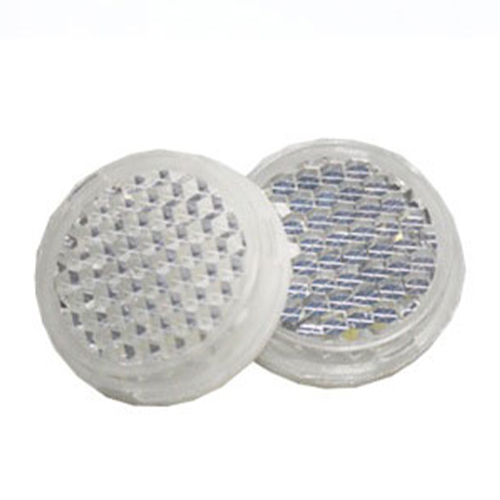

check

check

check

check

check

check

check

check

check

check
Imagine a high-speed bottling plant where thousands of containers zip along a conveyor every hour. How does the system flawlessly detect each bottle’s position to coordinate filling, capping, and labeling without physical contact or slowdowns? The silent hero enabling this precision is often the M18 proximity sensor. These compact, rugged devices sit at the heart of countless industrial processes, offering non-contact detection of metal objects with remarkable consistency even in demanding settings like dusty factories or oily machine shops. As automation intensifies, the demand for robust, dependable sensing grows – placing reliable M18 proximity sensors squarely in the spotlight.
What Exactly is an M18 Proximity Sensor? An M18 inductive proximity sensor, identifiable by its 18mm cylindrical threaded barrel body, detects the presence of metallic objects without physical touch. Internally, it generates an oscillating electromagnetic field. When a metal target (like steel, aluminum, or brass) enters this field, eddy currents form on the target’s surface. This interaction dampens the oscillation, triggering the sensor’s electronic switch. The change signals an object’s presence through outputs like NPN, PNP, or analog signals. Crucially, this non-contact nature eliminates wear and tear, granting these sensors exceptionally long operational lifetimes compared to mechanical switches.

Why the M18 Size Dominates Industrial Applications? The M18 form factor strikes an optimal balance between durability, sensing range, and ease of installation. Its standardized thread (commonly M18 x 1mm) allows quick, tool-free mounting into brackets or machine panels. This size reliably achieves sensing distances up to 8mm for ferrous metals (e.g., steel) or 4mm for non-ferrous metals (e.g., aluminum), sufficient for most positioning and detection tasks. Its robust housing, typically rated IP67, IP68, or IP69K, protects against water jets, oils, coolant sprays, and particulate ingress – essential for harsh manufacturing, automotive, or food processing environments. Engineers favor the M18 sensor for its versatility across diverse contexts without excessive bulk.
Key Applications Driving Demand M18 proximity sensors are indispensable across modern industry:
Critical Selection Criteria for Optimal Performance Choosing the right M18 sensor requires careful consideration:
Installation and Maintenance: Ensuring Longevity Maximize your M18 proximity sensor’s reliability with proper setup:
The sustained reliability and non-contact detection capability of M18 proximity sensors make them fundamental components driving efficiency and safety in industrial automation. Their blend of robustness, standardized sizing, and adaptable performance guarantees they remain the preferred solution for countless position-sensing challenges. As smart factories evolve, the role of these precision workhorses only intensifies.
